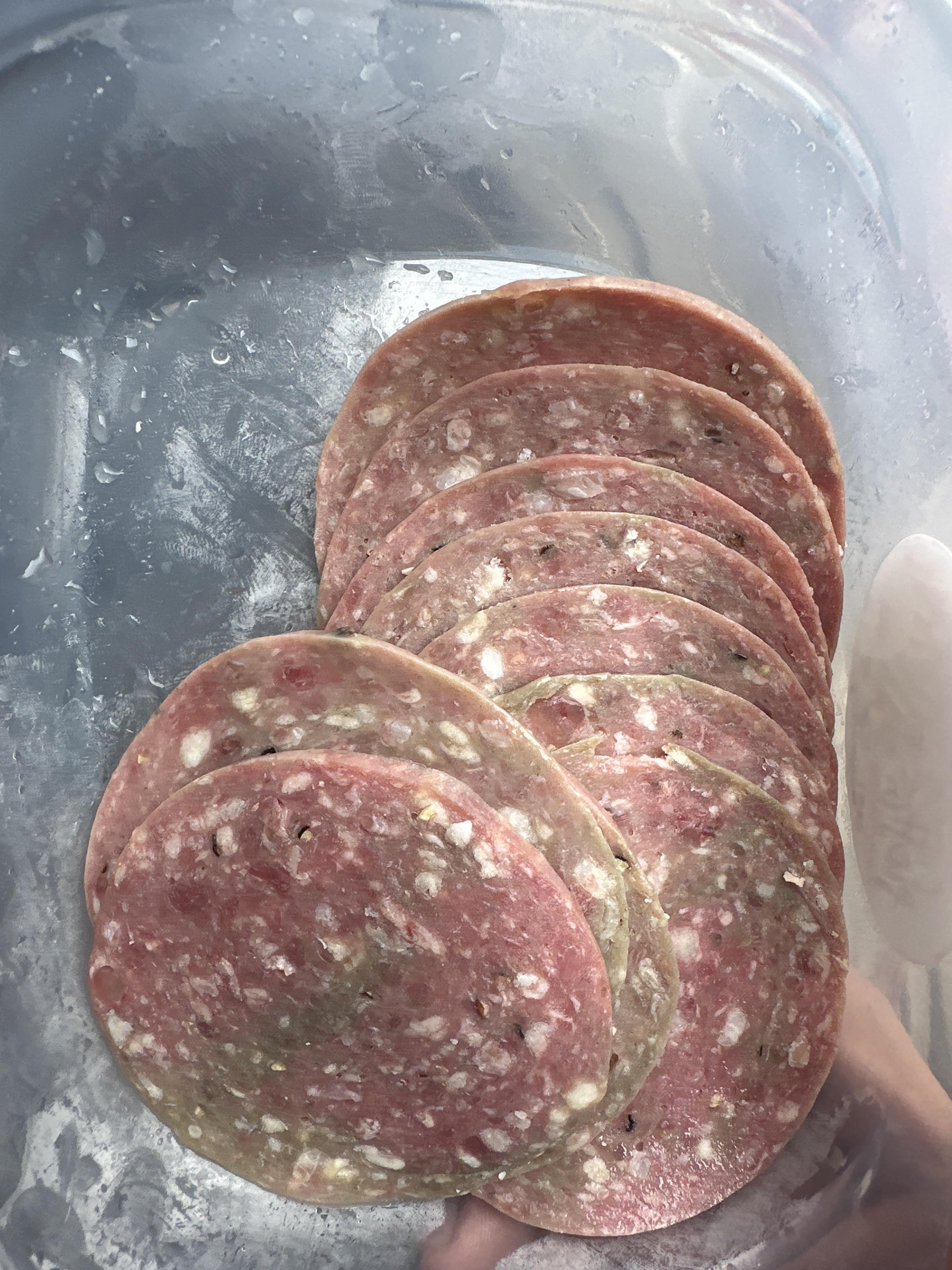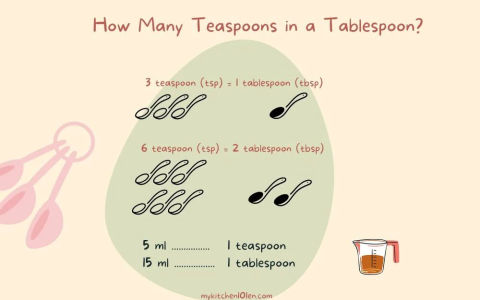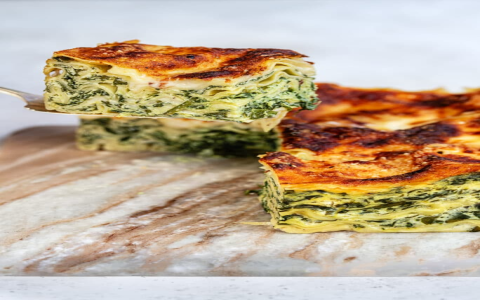How Long Does It Take for Salami to Go Bad?
Salami, a popular cured meat enjoyed for its rich flavor and versatility, is a staple in many households and culinary traditions around the world. Despite its delicious taste and long shelf life, salami, like any perishable food item, has a limited lifespan. Understanding how long salami takes to spoil is crucial for maintaining food safety and enjoying this beloved treat at its best quality. In this article, we will delve into the factors influencing the shelf life of salami and explore the signs of spoilage to help you determine when it’s time to bid farewell to that tempting sausage.

Factors Affecting the Shelf Life of Salami:
The shelf life of salami is influenced by several key factors, including the quality of ingredients, the curing process, storage conditions, and whether it is sliced or whole. High-quality ingredients and meticulous curing processes can significantly extend the shelf life of salami. Proper storage in a cool, dry place away from direct sunlight is essential to prevent premature spoilage. Additionally, once salami is sliced, its exposure to air accelerates the oxidation process, reducing its shelf life compared to whole salamis.
Signs of Spoilage in Salami:
Knowing the signs of spoilage in salami is essential for avoiding foodborne illnesses and enjoying this delicacy safely. Some common indicators that salami has gone bad include foul odors, mold growth, slimy texture, off flavors, and discoloration. If you notice any of these signs, it’s best to err on the side of caution and discard the salami to prevent potential health risks.
Storage Tips to Prolong Salami’s Freshness:
To extend the shelf life of salami and keep it fresh for as long as possible, consider the following storage tips:
- Refrigeration: After opening, store salami in the refrigerator in an airtight container or tightly sealed plastic wrap to maintain its freshness.
- Avoid Moisture: Moisture can promote mold growth and spoilage. Ensure the salami stays dry and is not exposed to excess moisture.
- Proper Wrapping: If storing sliced salami, wrap each slice individually in parchment paper or wax paper before placing them in a sealed container to prevent them from drying out.
the shelf life of salami varies depending on multiple factors, such as ingredient quality, curing methods, storage conditions, and whether it’s whole or sliced. By understanding these factors and being aware of the signs of spoilage, you can enjoy delicious salami safely and confidently. Remember to store salami correctly and pay attention to its quality to savor this delectable cured meat at its peak freshness.



